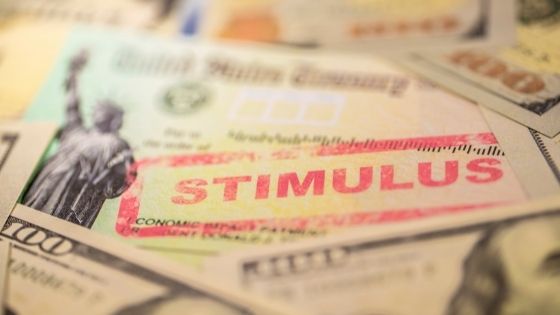The COVID-19 pandemic has made many people struggle. Whether financially or emotionally, many people struggle in their daily lives without any external aid. Fortunately, the government has recently released the third Economic Impact Payment (EIP) to help out American residents in need of financial help.


The stimulus check or EIP is estimated to reach the households of around 169 million Americans. Individuals can expect to receive up to $1400 through the checks. Keep reading to find out everything there is to know about the third stimulus check and how it can help you.
The check is generally sent to the residents of a country by the government for various reasons. The most popular reason behind this is to boost the functioning and spending in an economy.
They provide the funds that individuals need to spend and ensure that both consumption and revenue are increased. A stimulus check is generally intended to be part of a comprehensive federal package.
How Can That Be Implemented?
In theory, implementing a stimulus check doesn’t sound too hard; however, the reality is quite different. Traditionally, they are mailed out to U.S. taxpayers on specific occasions and are generally announced by the government before sending them.
Sometimes, if you have previous payments, loans, or mortgages that have incurred penalties or are not paid, the stimulus check automatically pays them off. It means that you don’t get a choice about what the check will be used for when you have outstanding loans and penalties.
Who Qualifies For It?
A stimulus check can be sent to individuals who fulfill a specific set of criteria that the government aims to target. Depending on your past records and financial situation, you might be able to qualify for it. The current stimulus checks that have been released as a response to the COVID-19 pandemic have the following eligibility criteria.
- Annual gross income of less than $80,000 for individuals.
- Gross yearly income of less than $120,000 for heads of household.
- For couples, the annual gross income has to be less than $160,000.
- For dependents, it is $1400, but only if their guardians fall under one of the previous categories.
- It applies to U.S. citizens living abroad, families with mixed U.S. citizenship, U.S. territories citizens, SSDI and other tax non-filers, and incarcerated people.
- Your previous tax information will be used to determine your income level, so ensure that it matches with what you are currently earning now.
Those who fall under SSDI or other tax non-filers have to remember that they might receive money through a different method than the one traditionally used. You might also need to file for taxes to receive your stimulus check in the mail.
COVID-19 Pandemic
The COVID-19 pandemic has decreased economic activity as millions of people lost their jobs in America. For many, even day-to-day living became extremely difficult. To combat dropping economic activity and support people, the government started releasing stimulus checks.
So far, four stimulus checks have been released since the pandemic’s start. The latest stimulus check is a part of the American Rescue Plan and is catered to giving $1400 to guardians and their dependent children. Every state receives stimulus checks and sends them to their state residents.
Effectiveness
The government has tried numerous methods to increase economic activity throughout the pandemic, and stimulus checks were effective and fast. The main goal of any stimulus check or package is to return the economy to its stable state and increase consumer spending.
The stimulus check achieves this and enables residents to pay any outstanding debt or payments they have. They effectively ensure the regular functioning of the economy and significantly take the weight off millions of Americans.
What Can They Be Used For?
Depending on your requirements, the stimulus checks can be used for any purpose. However, each state has received the amount for their stimulus checks, and what criteria they use to determine whether residents are qualified or not is entirely dependent on them.
Recently, the government has also done away with auto-deduction of the payment for any outstanding loans that the individual may have. It ensures that people can take care of their urgent needs and consider using the leftover money for loan repayment.
Future Stimulus Checks
Depending on the future economic growth, stability, and the progression of the COVID-19 pandemic, there could be several more stimulus checks in the future. For now, people can expect to receive the fourth stimulus check by next year, provided that they fulfill the criteria for it.
















